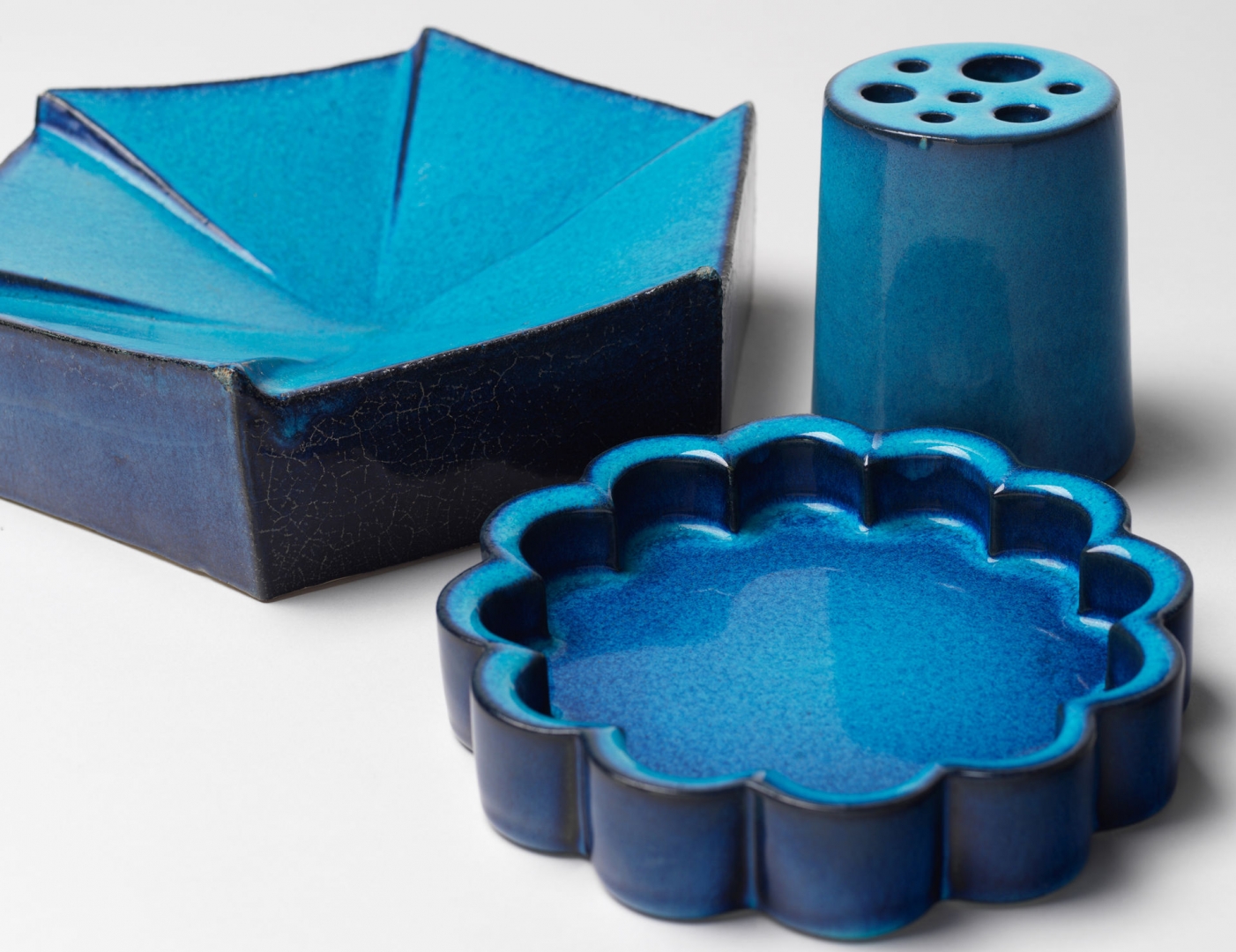Her design legacy ranges from stackable coffee cups for efficient canteen operations to the warm white bone china of the Nobel dinner service, as used by royalty and laureates at the Nobel Prize banquet. The exhibition charts the creative process and examines how good design can contribute to quality of life. The topics explored include architectural ceramics, design for wellbeing, and how handcrafted works translate into manufactured goods. Learn about the thinking behind the design.
The Nobel dinner service – a unique collaboration
This year marks the 30th anniversary of the Nobel dinner service, one of the most prestigious and most notable sets of tableware created by Karin Björquist and produced by Gustavsberg. In 1988, Åke Livstedt, an art and cultural historian, was commissioned by the Nobel Foundation to redesign the Nobel Prize banquet to mark its 90th anniversary. His vision that the table setting would form a coherent whole along with the gastronomy, entertainment and decor resulted in a Nobel banquet adorned with new china, glassware, cutlery and table linen. The project brought together Gustavsberg, Rörstrand, Orrefors, Gense and Klässbol in a combined effort to reinvigorate the applied arts in Sweden. The exhibition includes sketches and prototypes showing how the dinner service was developed.
Architectural ceramics
The exhibition focuses in particular on Björquist’s commissions for the public realm, presenting examples of designs created in collaboration with architects and clients. In 1961, in partnership with the architect Kjell Abramson, Karin Björquist won first prize in a competition to design the new Mariatorget station on the Stockholm subway. The station walls with their thousands of yellowish brown ceramic rods were a monumental undertaking for Björquist and her team of highly skilled craftspeople. Other featured design commissions for public spaces include the Sturebadet swimming pool and the central bank building in Stockholm, and most of the Domus department stores across Sweden.
The extensive Gustavsberg collection has been managed by Nationalmuseum since 2000, following a donation by KF, the Swedish Cooperative Union. In addition to material from the Gustavsberg collection, the exhibition features pieces from Karin Björquist’s private collection, thanks to generous donation from Karin Björquist herself, and unique items from Åke Livstedt’s archives.




